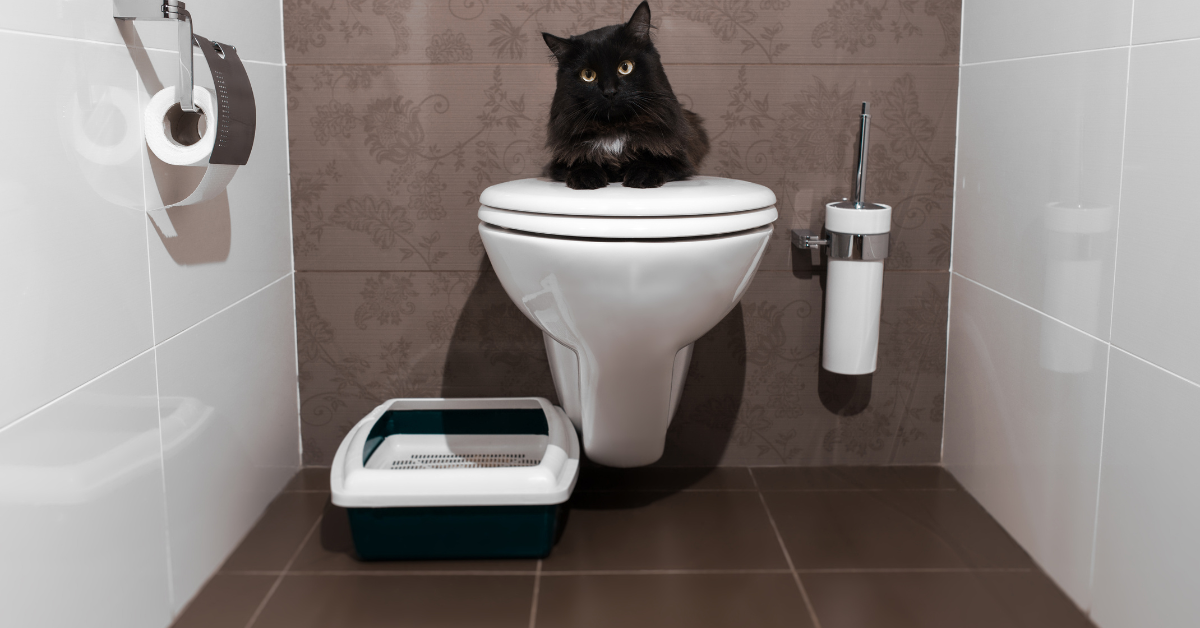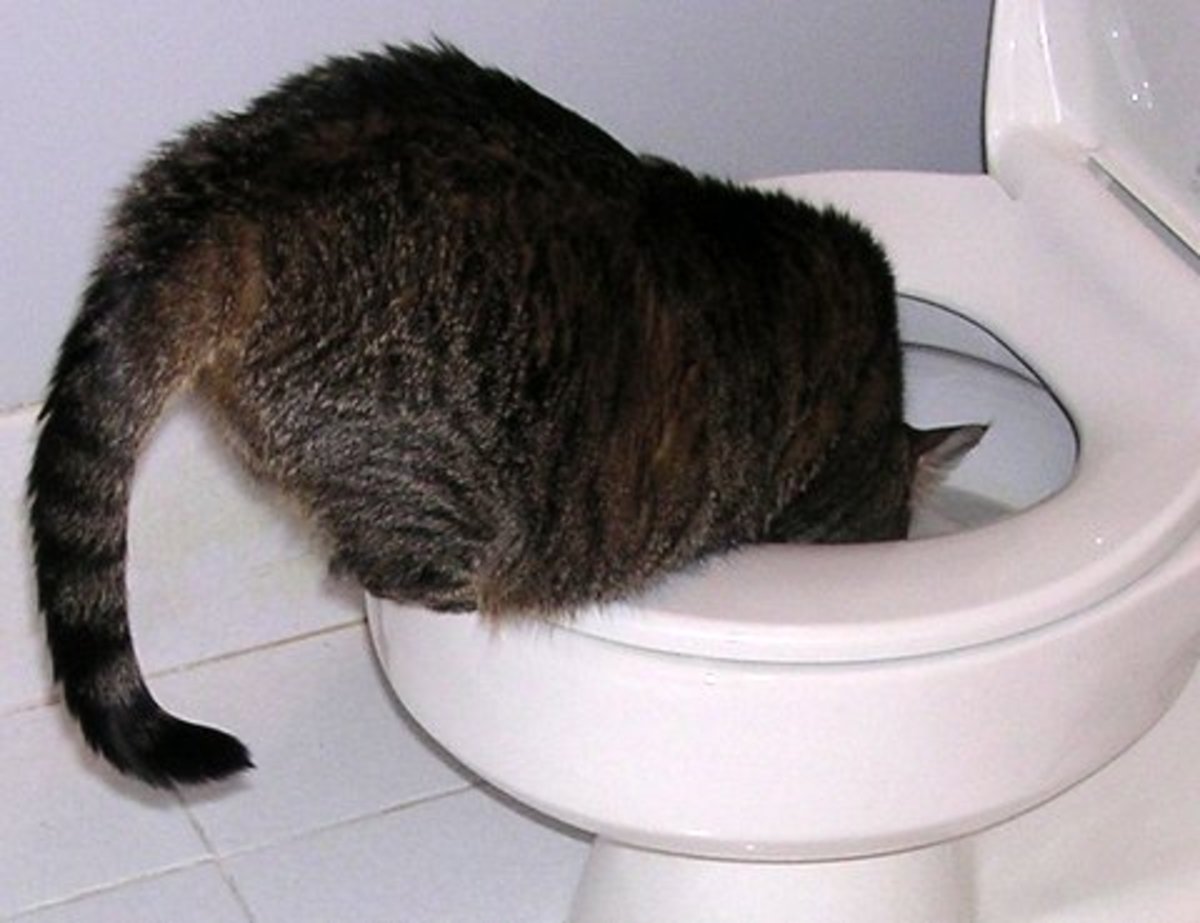What You Ought to Avoid Flushing Animal Waste Down the Toilet
This ResourceAre you searching for critical information concerning 10 Things You Should Never Flush Down The Toilet?

When it concerns dealing with waste, especially animal waste, many people usually turn to the hassle-free option of flushing it down the bathroom. Nevertheless, this apparently easy service can have serious repercussions for the setting and public health. In this short article, we'll discover why flushing pet waste down the toilet is a negative concept and provide different approaches for correct disposal.
Introduction
Proper waste disposal is essential for preserving ecological sustainability and public health. While it may appear harmless to purge animal waste down the bathroom, it can cause different problems, both for the atmosphere and human well-being.
Threats of flushing animal waste
Environmental impact
Purging pet waste introduces unsafe microorganisms and microorganisms right into rivers, which can adversely influence marine ecosystems. These microorganisms can pollute water resources and harm aquatic life, interrupting fragile environments.
Public health problems
Animal waste has damaging microorganisms such as E. coli and Salmonella, which can position serious wellness risks to human beings. Purging animal waste down the commode can contaminate water products, resulting in the spread of diseases and infections.
Alternatives to flushing
Instead of purging animal waste down the bathroom, there are a number of alternate disposal approaches that are much more environmentally friendly and sanitary.
Composting
Composting pet waste is an eco-friendly way to deal with it. By composting, organic matter is broken down into nutrient-rich soil, which can be made use of to fertilize gardens and plants.
Land fill disposal
Dealing with pet waste in a landfill is an additional choice. While not as environmentally friendly as composting, it is a more secure option to flushing, as it protects against the contamination of water resources.
Pet waste disposal systems
There are customized pet dog waste disposal systems readily available that securely and hygienically throw away pet waste. These systems usually use enzymes to break down waste and remove smells.
Steps to appropriate pet garbage disposal
To guarantee correct disposal of pet waste, follow these actions:
Scooping and landing waste
Consistently scoop and bag animal waste utilizing eco-friendly bags. This stops waste from contaminating the setting.
Using assigned waste containers
Dispose of bagged pet waste in designated waste bins, such as garden compost bins or garbage dump bins. Avoid flushing it down the toilet in any way costs.
Cleaning up litter boxes and pet dog areas routinely
Consistently tidy can and pet dog areas to stop the buildup of waste and bacteria. Use pet-safe cleansing items to keep health.
Advantages of correct disposal techniques
Adopting correct disposal techniques for pet waste uses a number of advantages:
Lowered environmental pollution
Proper disposal techniques minimize the threat of environmental pollution, shielding rivers and ecosystems from contamination
Minimized risk of water contamination.
By preventing flushing animal waste down the bathroom, the risk of water contamination is dramatically minimized, protecting public health.
Improved cleanliness and hygiene
Correct disposal methods promote much better hygiene and health, developing a safer setting for both humans and pets.
Verdict
Finally, purging pet waste down the bathroom is unsafe to the setting and public health. By taking on alternate disposal methods and adhering to appropriate waste management methods, we can reduce the negative effect of animal waste and add to a cleaner, much healthier earth.
What To Do With Dog Poo – The Do's And Don'ts Of Disposing Of Faeces
Dog poo bins
Some councils provide dedicated dog waste bins in popular dog-walking areas that can take dog poo that has been bagged but you can legally dispose of dog waste in any public litter bin, as long as it is securely bagged. This also applies to your wheelie bin at home.
Do not flush
Water companies do not recommend flushing dog faeces down the toilet because certain parasites can survive the water processing treatment and are potentially harmful to humans. You should also never consider flushing dog poo that has been bagged down the toilet as the bags will not break down and instead create severe blockages in the sewage system.
In the woods
The Forestry Commission promotes a ‘stick and flick’ method for dealing with waste in the woods. This means finding a stick and using it to flick any poo from off the path so that it is out of the way of other walkers. You could also bury it as long as it is not in an area where there might be livestock.
Livestock
Parasites found in dog poo can be transmitted to livestock if they inadvertently eat infected faeces that has been left on grazing land. This could result in the death of sheep or abortion in cattle so you should always make sure you pick up your dog’s waste in fields where livestock could be present.

Consistently tidy can and pet dog areas to stop the buildup of waste and bacteria. Use pet-safe cleansing items to keep health.
Advantages of correct disposal techniques
Adopting correct disposal techniques for pet waste uses a number of advantages:
Lowered environmental pollution
Proper disposal techniques minimize the threat of environmental pollution, shielding rivers and ecosystems from contamination
Minimized risk of water contamination.
By preventing flushing animal waste down the bathroom, the risk of water contamination is dramatically minimized, protecting public health.
Improved cleanliness and hygiene
Correct disposal methods promote much better hygiene and health, developing a safer setting for both humans and pets.
Verdict
Finally, purging pet waste down the bathroom is unsafe to the setting and public health. By taking on alternate disposal methods and adhering to appropriate waste management methods, we can reduce the negative effect of animal waste and add to a cleaner, much healthier earth.
What To Do With Dog Poo – The Do's And Don'ts Of Disposing Of Faeces
Dog poo bins
Some councils provide dedicated dog waste bins in popular dog-walking areas that can take dog poo that has been bagged but you can legally dispose of dog waste in any public litter bin, as long as it is securely bagged. This also applies to your wheelie bin at home.
Do not flush
Water companies do not recommend flushing dog faeces down the toilet because certain parasites can survive the water processing treatment and are potentially harmful to humans. You should also never consider flushing dog poo that has been bagged down the toilet as the bags will not break down and instead create severe blockages in the sewage system.
In the woods
The Forestry Commission promotes a ‘stick and flick’ method for dealing with waste in the woods. This means finding a stick and using it to flick any poo from off the path so that it is out of the way of other walkers. You could also bury it as long as it is not in an area where there might be livestock.
Livestock
Parasites found in dog poo can be transmitted to livestock if they inadvertently eat infected faeces that has been left on grazing land. This could result in the death of sheep or abortion in cattle so you should always make sure you pick up your dog’s waste in fields where livestock could be present.

Hopefully you liked our post on Why you should never flush dog poop down the toilet. Thank you for finding the time to read our short article. Are you aware of another individual who is enthusiastic about the niche? Please feel free to promote it. Many thanks for going through it.
Schedule Here